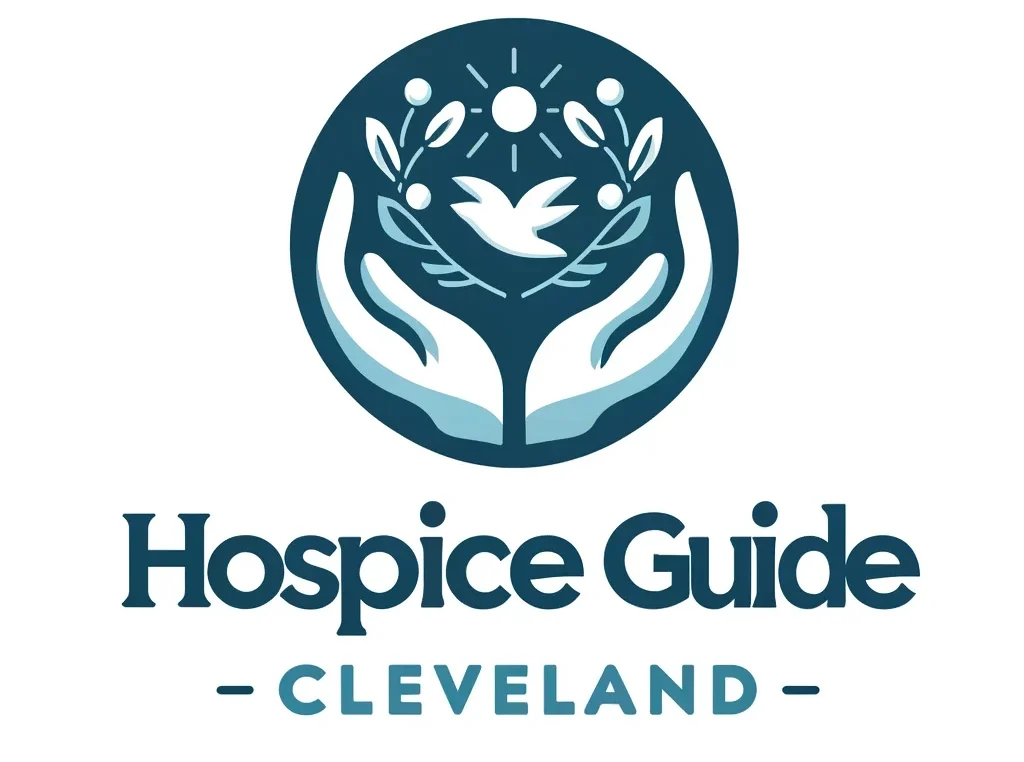Hospice care traditionally focuses on the palliative treatment of terminally ill patients, aiming to provide comfort and manage pain at the end-of-life stage.
However, the inclusion of holistic therapies within hospice settings has become more prominent, providing a multidimensional approach to patient care.
These therapies complement the core medical treatments by addressing not just physical symptoms but also the emotional, spiritual, and social needs of patients.

Holistic therapies in hospice care encompass a variety of non-medical treatments such as massage, aromatherapy, Reiki, and music therapy.
These treatments can enhance the quality of life for patients by aiding in relaxation, reducing anxiety, and offering a sense of peace and well-being.
The integration of these therapies into hospice care involves careful consideration by healthcare providers to ensure they align with each patient’s preferences and medical conditions.
Key Takeaways
- Holistic therapies enrich hospice care by addressing multiple aspects of patient well-being.
- A diverse range of non-medical treatments is available, tailored to individual patient needs.
- Implementation requires thoughtful integration with traditional hospice care practices.
Essentials of Hospice Holistic Therapies

Hospice holistic therapies are designed to enhance the quality of life for patients in hospice care.
These therapies complement traditional medical treatments by focusing on the physical, emotional, and spiritual well-being of patients.
Physical Comfort:
- Massage Therapy: Utilizes therapeutic strokes to alleviate stress, pain, and anxiety.
- Studies suggest that patients often experience relief and comfort from these sessions. For instance, Samaritan details how massage therapy is incorporated into palliative care.
- Aromatherapy: The use of essential oils to promote relaxation and improve mood.
- Reiki: A form of energy healing that can decrease pain and increase feelings of overall well-being.
Emotional Support:
- Music Therapy: Integrates music to assist with anxiety reduction and relaxation.
- The American Journal of Hospice & Palliative Medicine also highlights its efficacy in hospice settings.
Spiritual Care:
- Guided Imagery and Meditation: Techniques that encourage calm and inner peace.
- Pet Therapy: The presence of animals that can bring comfort and a sense of companionship to patients.
These therapies are part of a patient-centered approach aimed at enhancing the hospice experience.
Holistic methods are often chosen when traditional therapies do not entirely manage symptoms or when they yield adverse side effects.
They emphasize individualized care where the preferences of patients and their families are paramount, as noted in literature from both VITAS Healthcare and Sage Journals.
Overall adoption and implementation of these therapies vary among hospice programs, and their availability can depend on a patient’s specific needs and hospice resources.
Types of Holistic Therapies
Holistic therapies in hospice care focus on treating the whole person, including physical, emotional, and spiritual needs, through an array of non-conventional methods.
Physical Therapies
Massage Therapy: Patients benefit from massage therapy, which involves the manipulation of soft body tissues to enhance health and well-being, often resulting in pain relief and decreased anxiety.
Acupuncture: This ancient practice involves inserting fine needles into specific points on the body to alleviate pain and promote relaxation, commonly used in hospice to improve the quality of life.
Emotional and Spiritual Therapies
Counseling: Professional counseling services provide emotional support to patients, helping them cope with the psychological aspects of terminal illness.
Art Therapy: Through creative expression in art therapy, patients can explore feelings and find comfort, which often alleviates emotional and psychological distress.
Complementary Therapies
Aromatherapy: Utilizing essential oils, aromatherapy promotes relaxation and may help to reduce anxiety and nausea in hospice patients.
Music Therapy: Engaging with music therapy helps in soothing patients, improving mood, and providing a non-verbal medium for expression and communication.
Implementation in Hospice Care

Hospice care embraces holistic therapies to provide comprehensive end-of-life care, focusing on physical comfort, emotional support, and spiritual well-being.
Integrating Holistic Approaches
The integration of holistic therapies in hospice care necessitates careful planning and consideration of patient needs.
Research shows that approximately 41.8% of US hospices have embraced complementary therapies such as massage and music therapy in response to patient demand and the therapeutic benefits observed.
These therapies are typically offered alongside conventional medical care to enhance symptom control and improve the quality of life for hospice patients.
Training and Education for Providers
Providers receive targeted training and education to ensure the safe and effective delivery of holistic therapies.
Staff members are usually guided on the various types of therapies available, including their appropriate application and any contraindications.
This training aims to optimize patient care and to ensure that providers can skillfully deliver therapies such as biofield therapies, where the practice requires a deep understanding of subtle energy fields.
Evaluating Therapy Effectiveness
Evaluating the effectiveness of holistic therapies is critical in hospice care to ensure that these interventions are beneficial.
Rigorous studies are necessary to validate their impact on end-of-life outcomes.
Many hospices implement feedback mechanisms and utilize evidence-based research practices to determine the most efficacious applications of complementary therapies, thereby ensuring the highest standard of patient care.
Challenges and Considerations

Incorporating holistic therapies into hospice care presents a complex array of challenges which encompass ethical considerations, financial aspects, and regulatory frameworks. These factors must be carefully balanced to ensure equitable and appropriate care.
Ethical and Cultural Sensitivity
Holistic therapies in hospice care must be delivered with a high degree of cultural sensitivity.
Practitioners should be aware that certain therapies may conflict with a patient’s personal or cultural beliefs. It is essential to obtain informed consent and respect patients’ autonomy in choosing or declining specific treatments.
Cost and Accessibility
The integration of holistic therapies often raises issues regarding cost and accessibility.
Insurance coverage for these therapies can vary greatly, leading to disparities in access.
Hospice providers must consider whether these additional services are financially feasible for patients and explore options for reducing barriers to access.
Regulation and Standards
The field of holistic therapy lacks uniform regulation and standards.
This can make it difficult for hospices to ensure consistent quality of care.
It is critical for providers to follow best practices and strive for accreditation from recognized organizations to maintain the trust and safety of patients and their families.
Frequently Asked Questions
Hospice holistic therapies encompass a range of complementary treatments aimed at enhancing patient comfort and overall well-being. This section addresses common inquiries regarding their use in hospice care.
What types of complementary therapies are commonly used in hospice care?
In hospice care, patients often receive complementary therapies such as massage therapy, aromatherapy, Reiki, music, and art therapy. These integrative approaches work alongside conventional medical treatments.
How does holistic care differ from traditional hospice care?
Holistic care in a hospice setting incorporates a broader spectrum of care practices focusing on the patient’s physical, emotional, and spiritual needs, rather than solely on symptom management.
It emphasizes a person-centered approach and considers a range of non-medical therapies to aid in comfort and peace.
What are the benefits of integrating alternative therapies in hospice settings?
Integrating alternative therapies in hospice settings can provide relief from symptoms, enhance the emotional and spiritual well-being of patients, and can lead to a higher quality of life.
These therapies often serve as complementary tools to help manage pain and stress.
What strategies are effective in effectively implementing complementary therapies in hospice?
Effectively implementing complementary therapies in hospice involves a personalized approach that considers the unique preferences and needs of each patient.
Successful integration includes education for caregivers, collaboration with a multidisciplinary team, and the evaluation of therapies based on patient response.
In what ways can holistic therapies improve quality of life for hospice patients?
Holistic therapies can improve the quality of life for hospice patients by providing comfort, alleviating pain, reducing anxiety, and fostering a sense of peace.
Therapies like music and art can also offer outlets for expression and emotional release.
How does hospice care support patients and families at home?
Hospice care supports patients and families at home by providing medical, emotional, and spiritual support tailored to the patient’s needs.
The care is comprehensive and includes the assistance of hospice professionals who are available around-the-clock to address any urgent questions or provide guidance, as outlined by organizations such as St. Croix Hospice.

